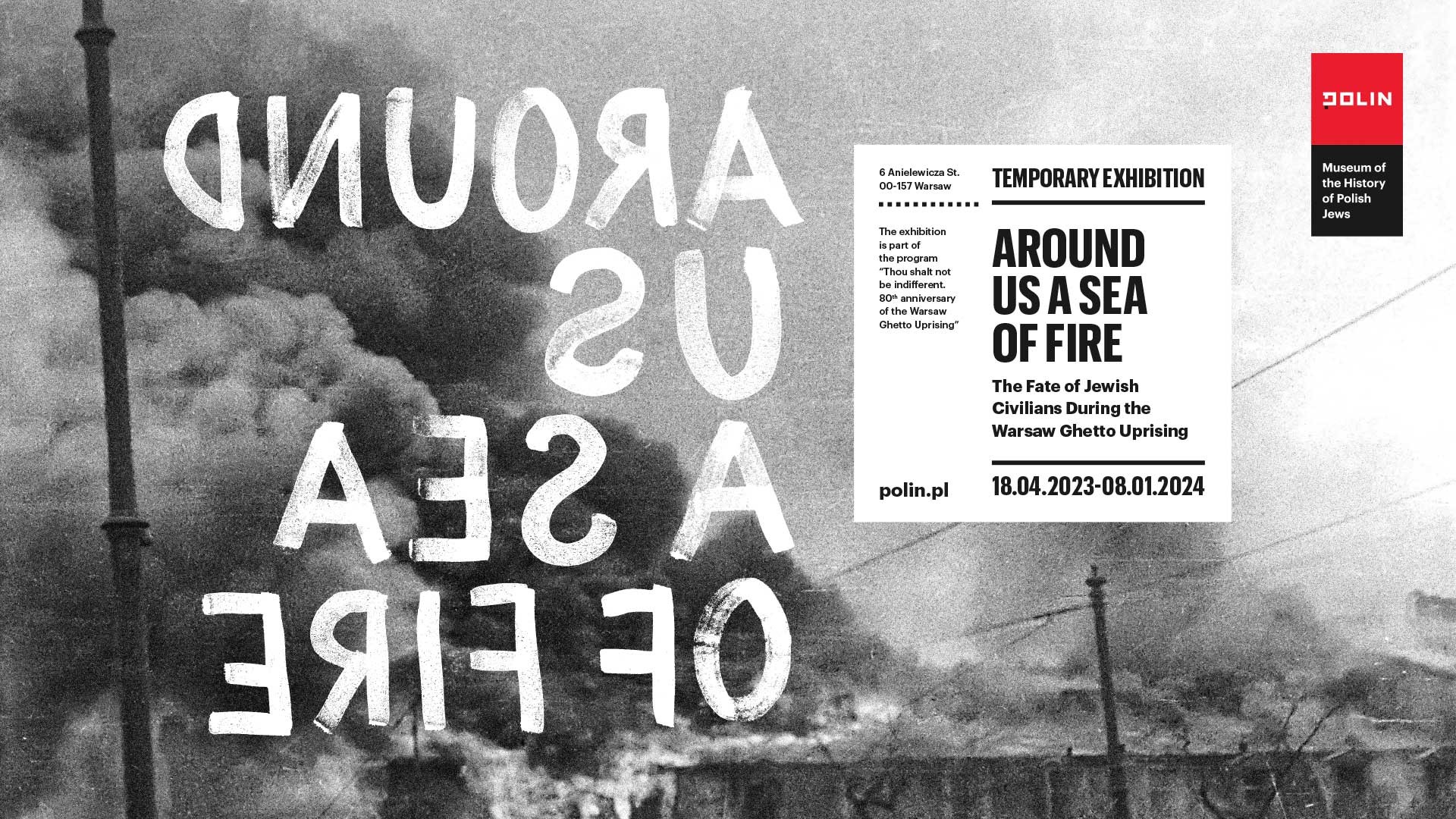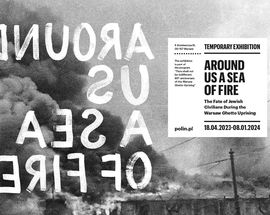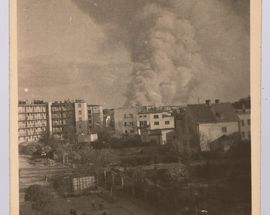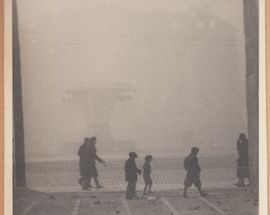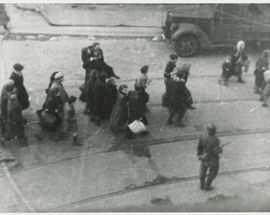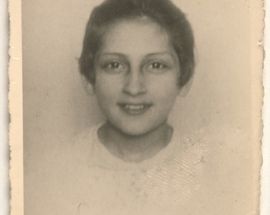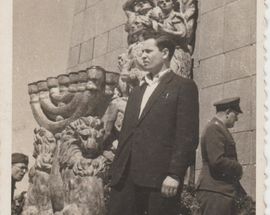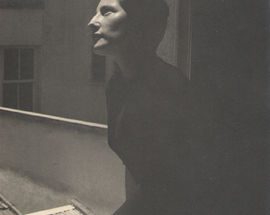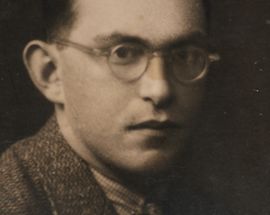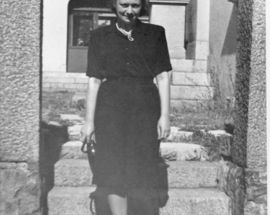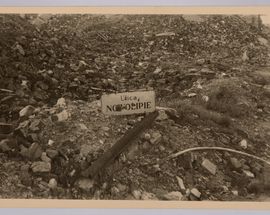A powerful and emotional exhibition, organized in cooperation with the Holocaust Research Center, commemorating the 80th anniversary of the Warsaw Ghetto Uprising and the heroism and tragedy of the capital's Jewish civilians that defied the enemy until the very end.
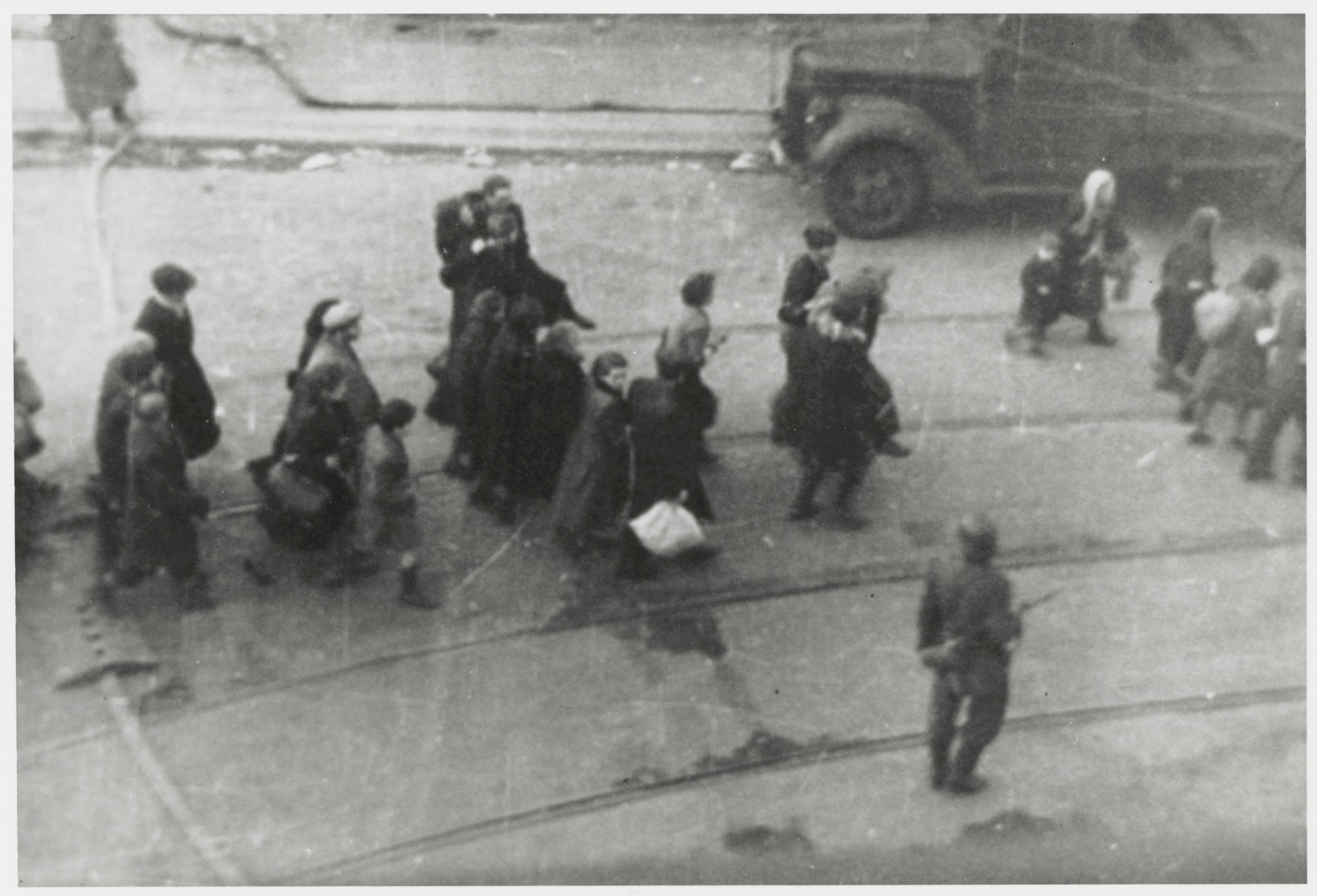
Photos taken clandestinely by Zbigniew Leszek Grzywaczewski, April 1943
SOURCE: United States Holocaust Memorial Museum, Courtesy of Howard Kaplan
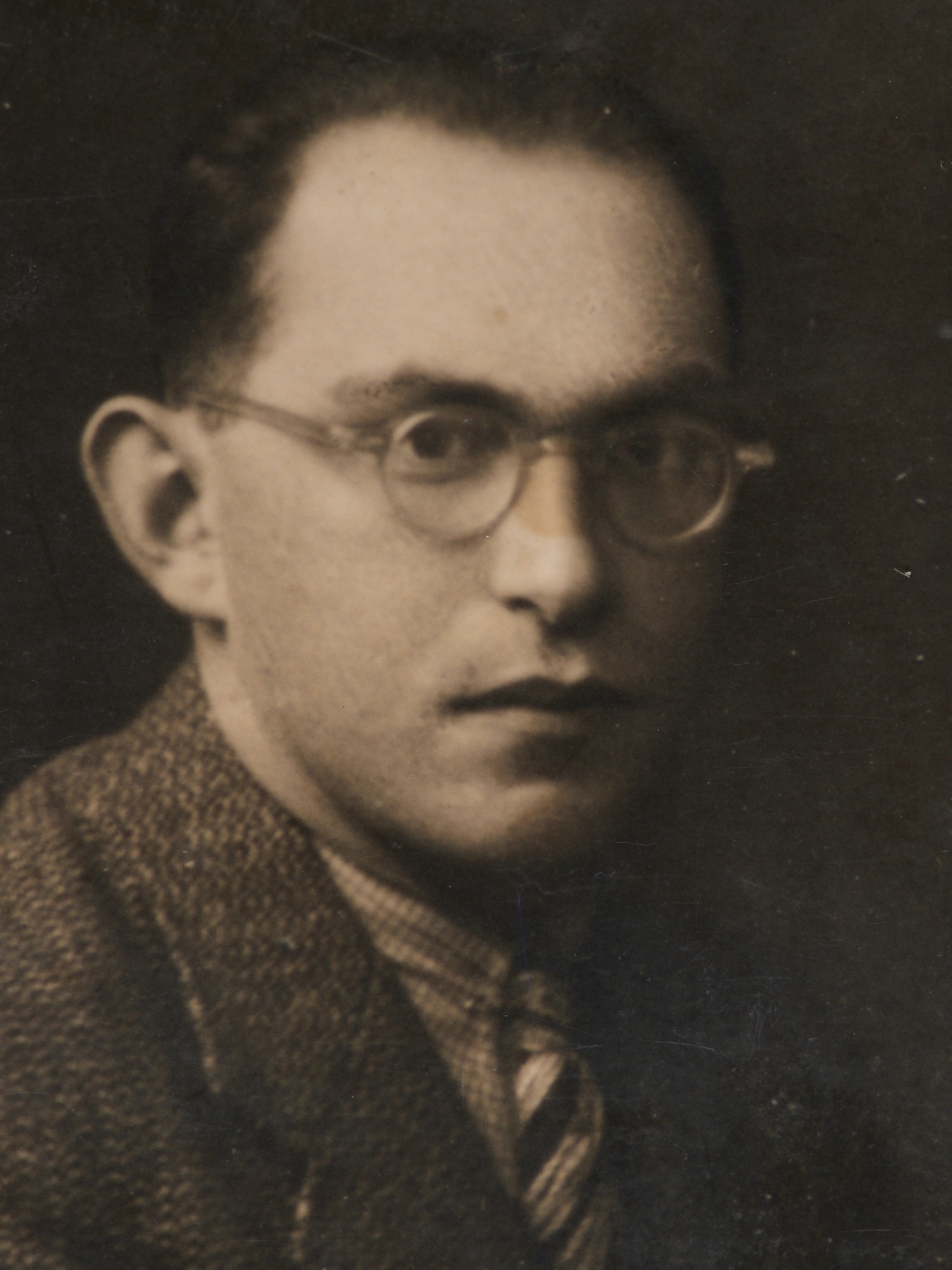
(before WW2 Józef Menes) SOURCE: Family Archive |
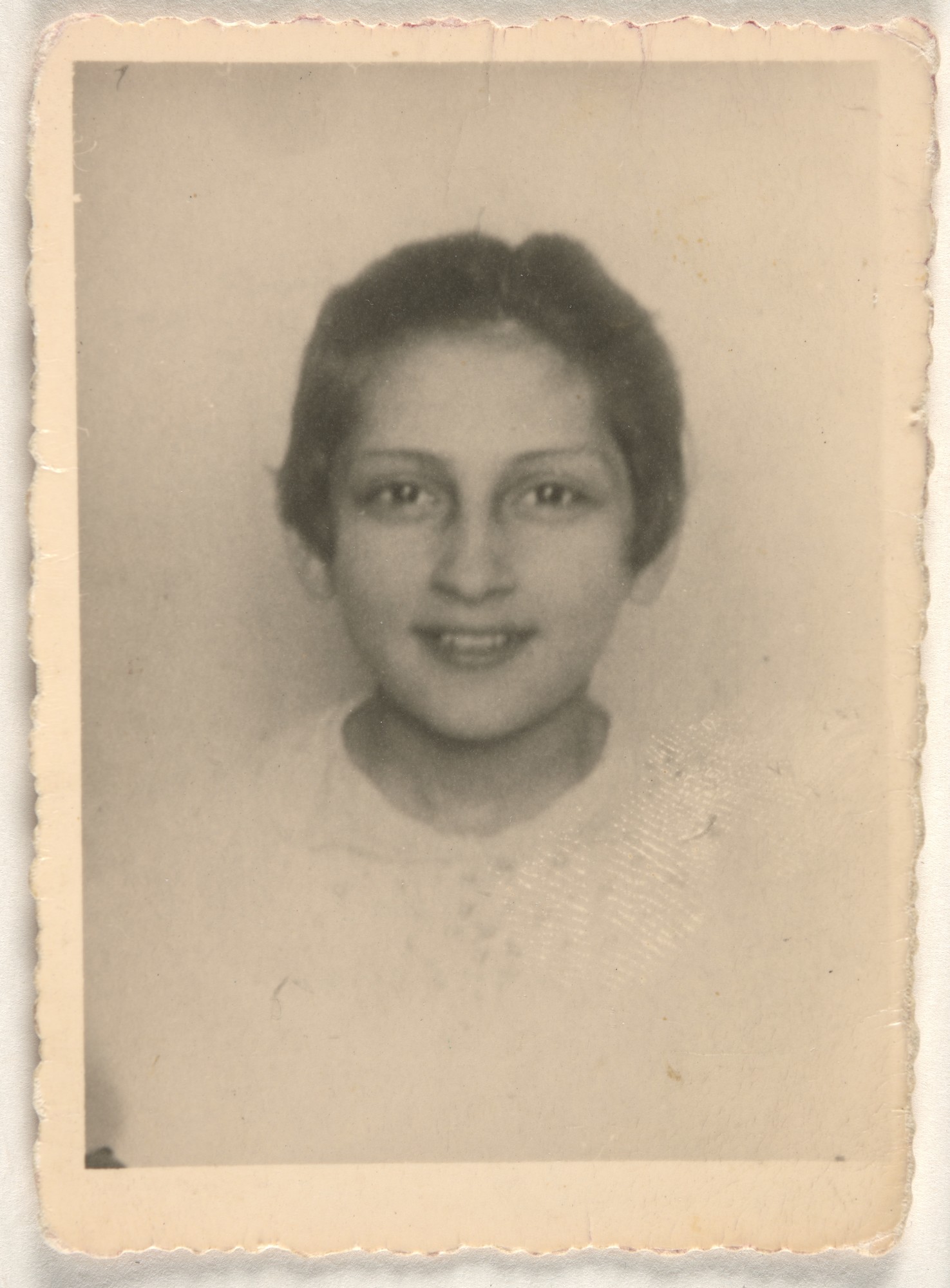
SOURCE: Krystyna Budnicka, Family Archive |

(before WW2 Aurora Latarullo) SOURCE: Family Archive |
The exhibition's first half - In a bunker - aims to recreate daily life in a Ghetto bunker, in particular, the conditions that people lived in and how they coped with their daily routines and basic physiological needs. This bunker section recreates the 'physical' reality of being confined to a bunker - the darkness, the heat coming from burning buildings, the lack of space and clean air, the sounds that were often the only indication of what was happening on the ground level. Balancing these aspects out are the relationships of people who shared close quarters, as well as their feelings and emotions, and the dichotomy between fear, panic, hopelessness, and abandonment, inversely partnered by the need for love and intimacy, the urge to act and take responsibility for others.
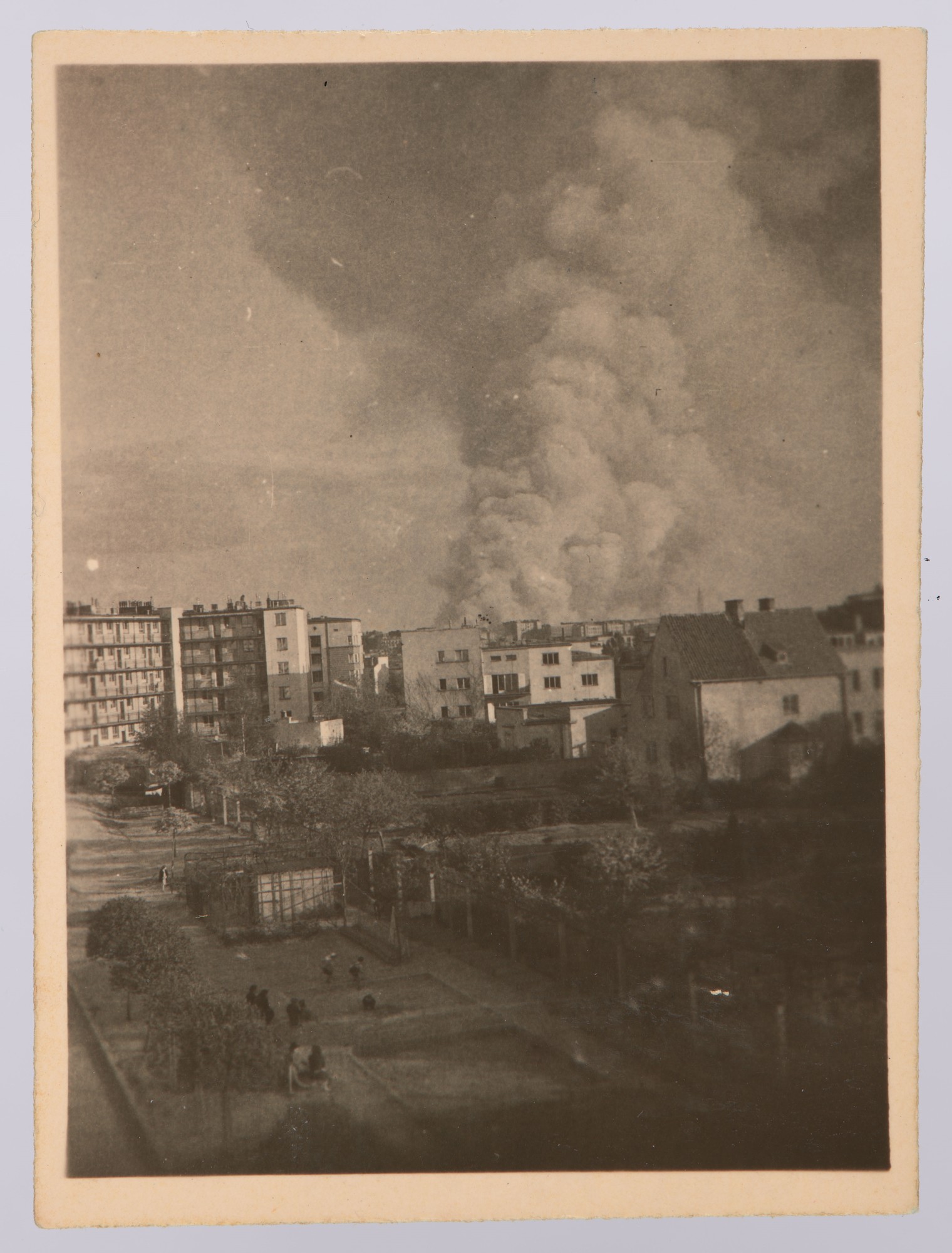
Photo taken by Bogdan Wójcik
from a flat at 25 Mickiewicza St,
25–26 April 1943
The exhibition "Around Us a Sea of Fire. The Fate of Jewish Civilians During the Warsaw Ghetto Uprising" has been realised through the testimonies of Jews who hid in the bunkers both in the ghetto area as well as on the "Aryan" side of the occupied Polish capital. Because of the immolation of the Ghetto and the destruction of daily objects and keepsakes, written words have acquired a particularly important role in the exhibition. Not only do they convey the feelings and experiences of their authors, but they also constitute a unique testimony, and often the only tangible trace left behind by those who perished in the ghetto.
"Around Us a Sea of Fire. The Fate of Jewish Civilians During the Warsaw Ghetto Uprising" is exhibiting at Warsaw's POLIN Museum from 18.04.2023 until 8.01.2024.
